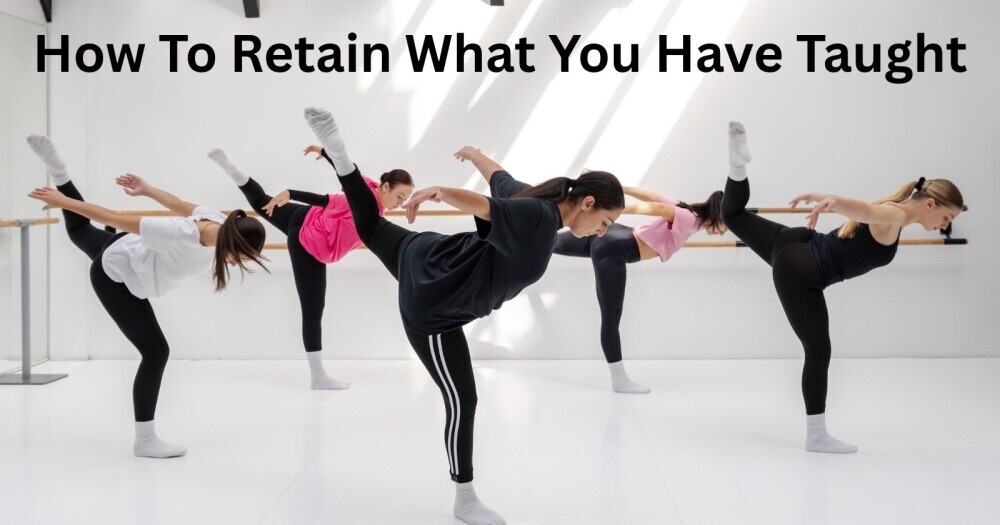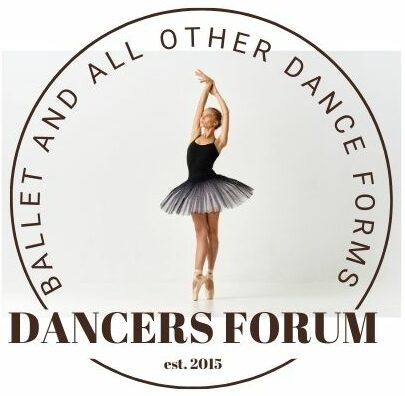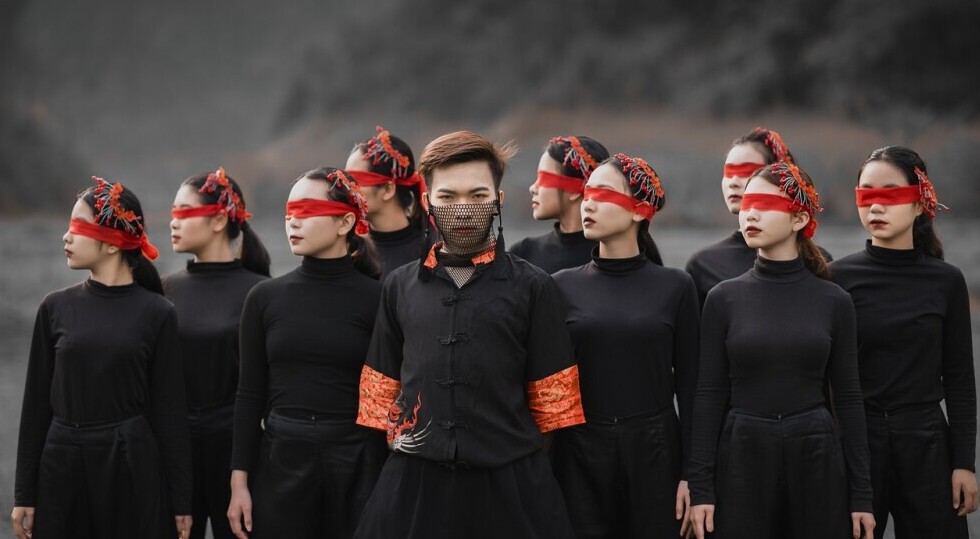Here are some tips on how to teach so well that students retain what they have learned. I find that many teachers in the dancing world complain that their students don’t remember from week to week what they are teaching them.
Many instructors also complain that an excessive number of students are not not retaining dance combinations in their classes.
The other day I saw dance teachers expressing their frustrations on Facebook that students are not absorbing and recalling dance combinations in their classes. Many find themselves really disappointed that all too many of their pupils did not remember the exercise they were just given.
 How To Teach So Well That Students Retain What They Have Learned
How To Teach So Well That Students Retain What They Have Learned
When teaching dancers, whether they are beginner or advanced, of any age, you can help them not only memorize the steps in an exercise, but also create beautiful habits, and set the stage for an optimistic, warm, and respectful classroom where learning is easy and fun!
This all starts in the way that you teach!
Here is how to get them to retain what they learn.
Step 1: Teach Visually
Start by clearly demonstrating the combination of movements and steps as best you can, even if you are 70 years old. You don’t need to show 90 degree extensions, but do to the best of your ability.
My legs are not high, and I do not have the stamina to dance full out for both sides of an allegro, but we can still be stellar examples of port de bras, epaulement, musicality, and artistry. Supplement your teachings with diagrams, pictures, and videos if need be.
Step 2: Teach Verbally
Use the proper terminology and give concise verbal instructions for each exercise. Take the time to translate the vocabulary, and if you have a chalk board, write the terms down.
If teaching ballet, listen to the terminology as it is spoken in French so you can pronounce the terms properly.
Step 3: Teach Aurally
Teach aurally by counting the music and providing the tempo. Use verbal cues and reminders as the students dance and encourage them to focus on the rhythm and beat of the music.
There is a fun current trend to execute fast combinations, for example frappé, as a “Rap”! Sometimes I challenge myself to dictate every term in time to very fast music.
Try chanting things like “One, two, yabba dabba doo!” to help them remember better.
Step 4: Teach Viscerally
Make your students think by asking ‘What are the dynamics, and the emotional and physical “feel” of the movement?’ Help students feel, understand, and remember on a deeper level. Encourage students to add their individuality or “spice”, and dance full out with joy, as if they were alone in their bedroom!
Step 5: Repetition
Finally, you can encourage your kinesthetic learners to allow for plenty of practice and repetition. Reassure your social learners to watch, follow, and learn from their classmates. Comfort your solitary learners that they will have ample time to practice at home. You can also consider grouping students differently at the barre.
It is time for them to go for it, perhaps fumble a bit, but ultimately trust and gain confidence in their ability to memorize their combinations and exercises.
Make sure that your students know that they can ask you questions if they need to, but if you follow the advice above, they probably won’t have any questions.
With these methods, your students will successfully memorize the exercises that you need only show once or twice, with your consistently clear, thorough instruction. They will know what is expected, be motivated, dedicated, and proud to learn their combinations quickly and thoroughly!
When you thoroughly demonstrate the combination, dictate the combination, mark the combination for music, and encourage a performance quality, your job is done!


Very good information, and I think this can be used in other things like sports as well. Breaking down dance moves can help too, Doing one part of the dance multiple times until it is ingrained and then adding a step and continuing the same pattern. I can remember my coach used to have us do this and then she would ask, “What were you visualizing while you did that?” The answer was never, I don’t know, we had to do a lot of visualizing. Great information!
Michel,
Effective retention in in any learning process or any kinesthetics training, comes down to structure, engagement, feedback, and active processing:
Break it into bite‑sized pieces – I used to teach arrest training and its remarkable how choreography, and small technical tweaks, become manageable when divided into smaller segments. Then reinforce them through repetition and looping. Break down into smaller pieces… repeat drills regularly and students build muscle memory naturally.
Use repetition and multi‑sensory teaching: SHOW-TELL-DO or Use a “teaching wheel” model: present a skill, guide practice, let students apply it creatively, then review and repeat. This spiral of learning, from introduction to mastery, it reinforces skills over time.
Give clear goals – Set clear expectations, whether it’s mastering a particular move or completing a routine, and revisit them regularly. This helps students know why they’re working on something, keeps them focused, and gives them a real sense of achievement.
Encourage creativity – let students explore and adapt their own choreography of a particular move, we all work and learn differently and this deepens understanding and boosts confidence.
Keep that feedback loop open – Consistent, two-way feedback strengthens the bond between teacher and student and reinforces learning. Ask what’s working, adjust pacing, and recognize progress. Students stay more motivated and tuned in when they feel heard and supported.
Reinforce with maps, videos, and repeated cycles.
Kind regards
Martin
Thank your for sharing your ideas Martin. I really appreciate the time you have put into this.
This is a fantastic breakdown of teaching techniques that really get to the heart of how to help students retain what they learn. What strikes me most is how universal these principles are — whether you’re teaching dance, math, language, or any other skill, the same ideas apply.
Using multiple ways to present information — visually, verbally, aurally, and viscerally — addresses different learning styles and makes the material stick. Encouraging repetition and practice while also fostering an environment where students feel safe to experiment and express themselves can transform the learning experience no matter the subject.
I especially appreciate the emphasis on engaging students emotionally and physically (“teaching viscerally”), since true understanding happens when learners connect deeply with the material, not just memorize it. I think educators, trainers, and coaches in many fields could benefit from adopting this multi-sensory, supportive approach. It’s a great reminder that effective teaching is about clear communication, variety in delivery, and building confidence through practice — all things that help learners not only remember but truly own their skills.
Thanks for sharing such a clear, practical guide!